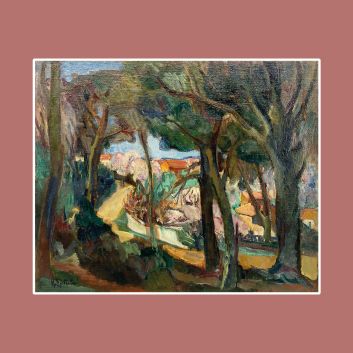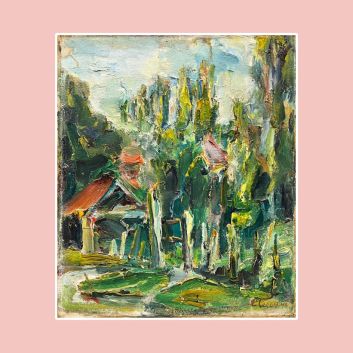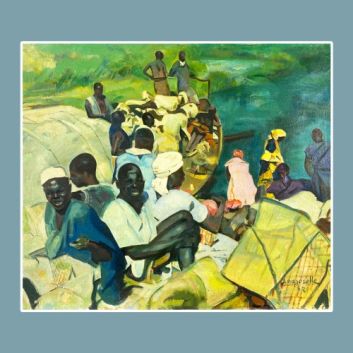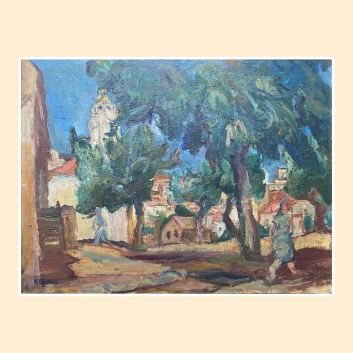Rating and value of works, paintings and drawings by Jacques Majorelle
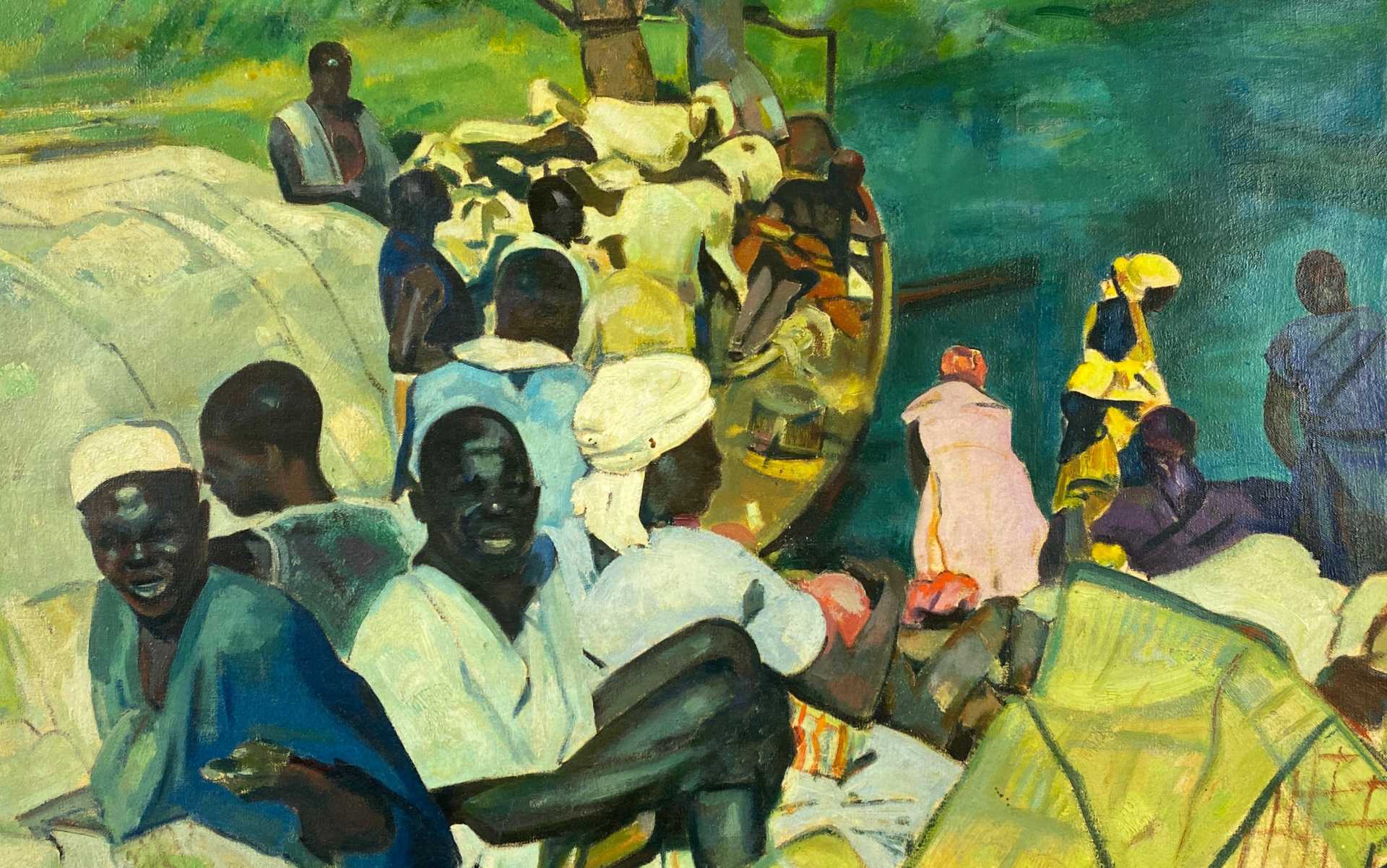
A major Orientalist painter of the 20th century, Jacques Majorelle (1886-1962) is best known for his work in Morocco. Also a landscape painter, Majorelle's style is unique, reflecting his passion for the Orient.
If you own a work by or based on the artist Jacques Majorelle and would like to know its value, our state-approved experts and auctioneers can help you.
Our specialists will carry out a free appraisal of your work, and provide you with a precise estimate of its current market value.
Then, if you want to sell your work, we'll point you in the right direction to get the best possible price for it.
Artist's rating and value
A major Orientalist painter, Jacques Majorelle has established himself as a major figure on the art market. His works are highly sought-after by collectors and have a high auction value.
The prices at which his works sell range from €100 to €1,100,000, a considerable difference but one that says a lot about the value that can be attributed to the Orientalist painter's works.
A work by Majorelle can fetch over €1 million at auction, as demonstrated by his painting La Kasbah rouge, which sold for €1,100,000 at Artcurial in 2011.
Order of value from the most basic to the most prestigious
Technique used | Results |
|---|---|
Prints | From €200 to €23,000 |
Drawing - watercolor | From €100 to €859,996 |
Paint | From €250 to €1,100,000 |
Response in less than 24h

Jacques Majorelle's style and technique
The style of Jacques Majorelle, a leading artist of Orientalism, is characterized by a bold approach and a chromatic vivacity that evokes the bright light of Morocco. His rich, vibrant palette blends shades of cobalt blue with sunny yellows, creating a warm, enchanting atmosphere.
These colors, applied with remarkable intensity, invite the viewer to plunge into a world where every nuance is imbued with emotion and vitality.
Majorelle's technique reveals an exceptional mastery of the brush, enabling him to render scenes with a precision that is both realistic and poetic. His compositions are carefully arranged, brilliantly blending the architecture of Moroccan houses with the luxuriance of the surrounding nature.
Fluid lines, stylized forms and the play of light are all elements that give his works an almost magical dimension, where the real and the imaginary come together harmoniously.
Rooted in his Moroccan experience, Majorelle drew inspiration from lush gardens, picturesque landscapes and scenes of daily life.
Each painting thus becomes a tribute to the beauty of North African culture, while expressing a deep sense of belonging and connection to this land.
Floral motifs, omnipresent in his work, testify to his respect and admiration for nature, while human figures, often stylized, add a touch of humanity and tenderness.
Ultimately, Jacques Majorelle's style and technique intertwine to create a rich, evocative pictorial universe.
His works, at the crossroads of East and West, reveal a rare sensitivity and a relentless quest for beauty. Through this prism, Majorelle invites us to explore a world where every color, shape and light tells a story of wonder and escape.
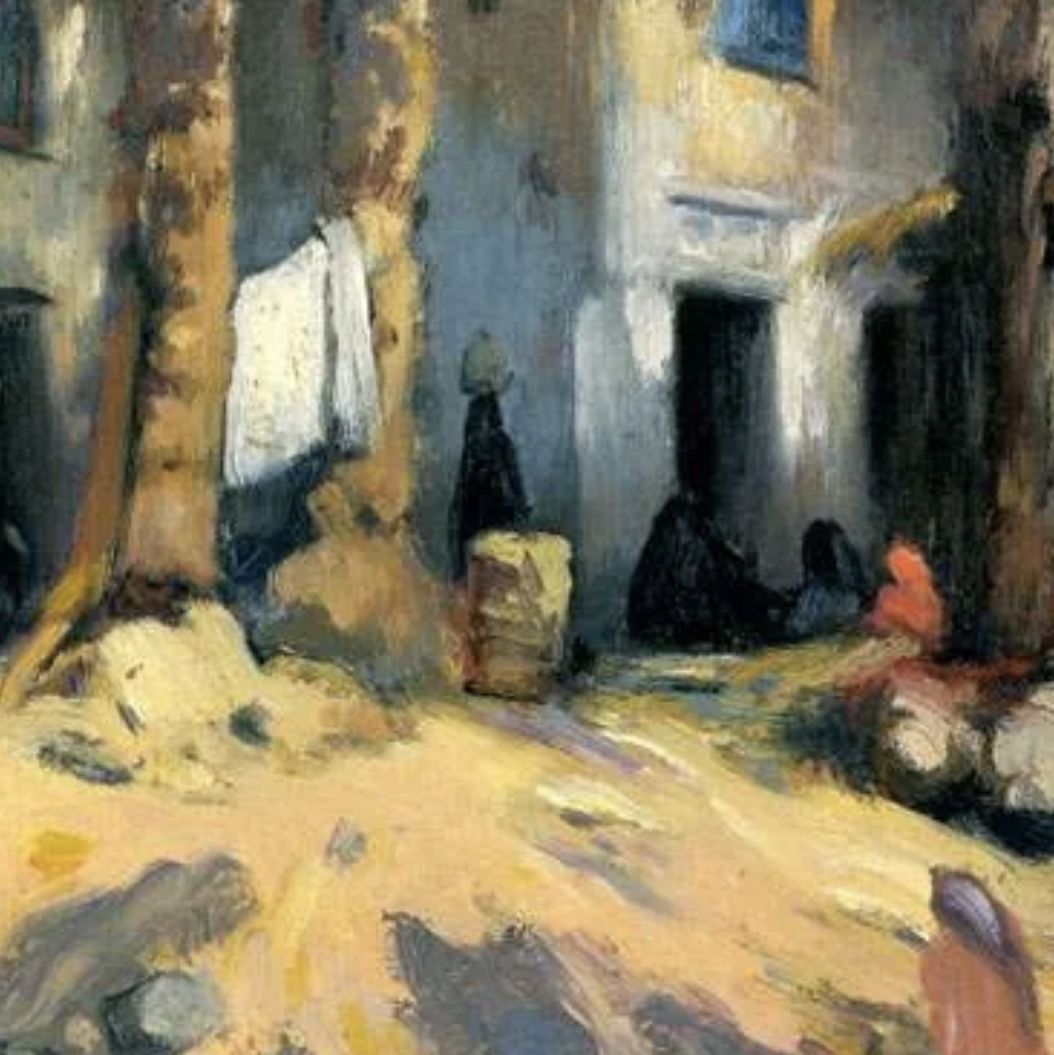
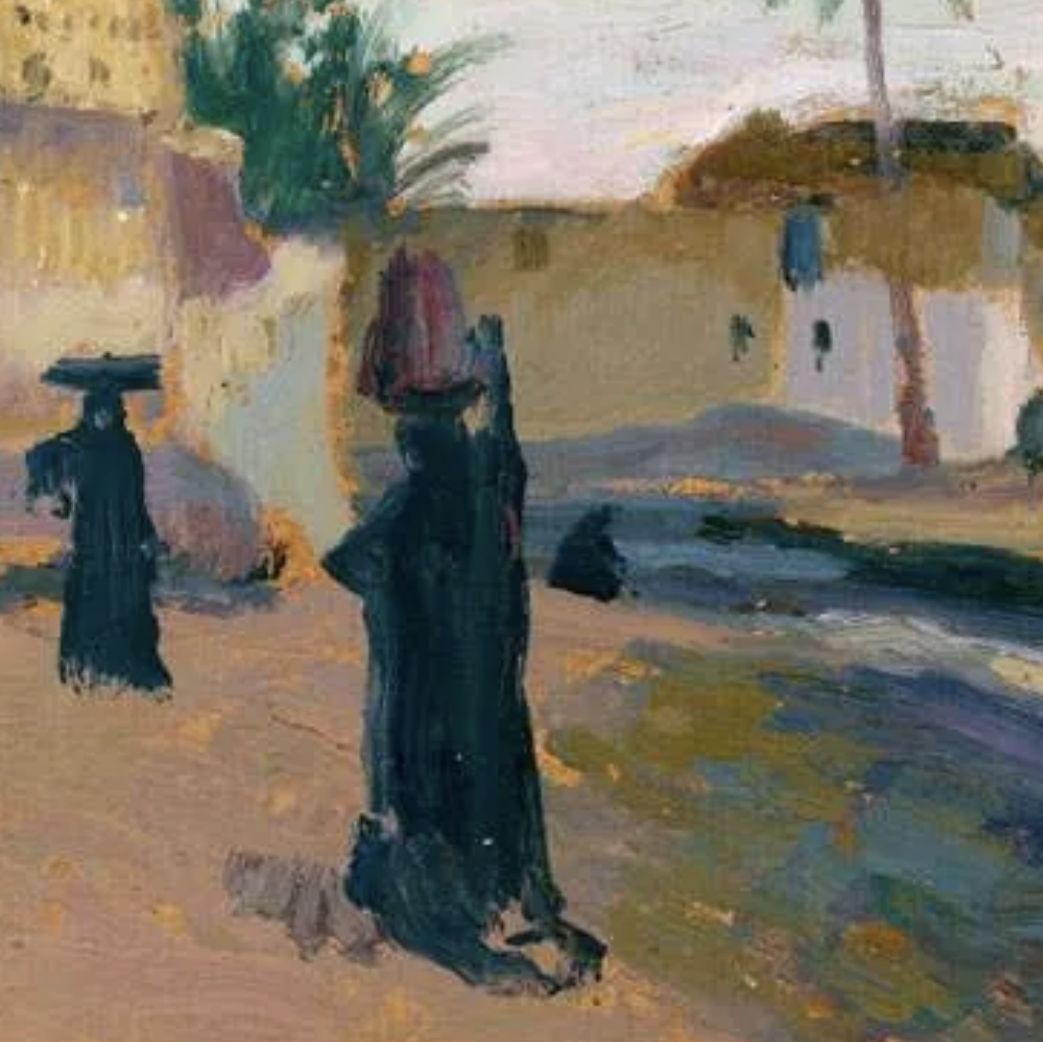
The life of Jacques Majorelle
Jacques Majorelle, son of the famous cabinetmaker Louis Majorelle, was born in 1886 in Nancy, a city in the heart of French Lorraine, renowned for its rich artistic heritage and creative atmosphere.
Immersed since childhood in the world of Art Nouveau, Jacques grew up in an environment conducive to the development of his artistic talents. Fascinated by aesthetics and form, he entered the Architecture and Decoration section of the Nancy School of Fine Arts.
However, driven by a burning desire to express himself through painting, the young Majorelle left his hometown for Paris, the capital of arts and letters.
In Paris, he enrolled at the Académie Julian, a renowned establishment for training artists, where he benefited from the teachings of eminent professors such as Schommer and Royer.
It was here that he refined his technique, immersing himself in the artistic currents of his time while cultivating a personal vision.
After several enriching trips to Spain and Italy, where he immersed himself in the light and colors of the South, Majorelle presented his first exhibition in 1908, marking the start of his artistic career.
However, the artist's fragile health, affected by lung disease, forced him to seek out warmer climates. After spending a few years in Egypt, he settled in Morocco in 1917. This new life in the East proved to be an inexhaustible source of inspiration.
His large canvases, rich in color and emotion, depict typical villages with their kasbahs and buildings with stylized, refined Berber architecture.
He also transcribes with great sensitivity the lively village scenes and vibrant souks he observes, capturing the essence of Moroccan culture.
Shortly after settling in Morocco, the artist acquired a plot of land on which to build a house, which he carefully embellished. Enriched with local handicrafts, leatherwork and cabinetry, his home is distinguished by a bright blue hue, now known as "Majorelle blue".
This intense, slightly violet-tinged color evokes sensations of softness, relaxation and soothing, symbolizing the perfect fusion of art and nature that characterizes his work.
A botanical enthusiast, Jacques Majorelle didn't just create a haven of peace; he surrounded his home with a lush garden, which he continually enriched by introducing exotic plants from the four corners of the globe.
The garden, which he described as a "cathedral of shapes and colors", became a veritable sanctuary for local flora and fauna. In 1947, the garden was opened to the public, becoming one of the city's main green spaces, attracting many visitors in search of wonder.
In 1980, Yves Saint Laurent and Pierre Bergé acquired the property, taking great care to preserve Majorelle's legacy.
Today, Jacques Majorelle's artistic legacy continues to fascinate art lovers the world over. His works, rich in color and emotion, are exhibited in numerous museums and galleries, while the Jardin Majorelle remains a living testimony to his talent and unique vision of art.
Through his work, Majorelle forged an indestructible link between nature and art, uniting East and West in perfect harmony.
The Majorelle garden
Focus on Ahwach Dance Berber Women, Jacques Majorelle, 1940
Jacques Majorelle's Danse Ahwach Femmes Berbères, a painting created around 1940, embodies the artist's deep attraction to Morocco and its traditions.
A keen observer of local scenes, Majorelle transposed the Ahwach dance, an emblematic expression of Berber culture, onto canvas.
The scene comes alive under his brush, with women in traditional dress, captured in harmonious, collective movements.
Their silhouettes, draped in colorful, flowing fabrics, seem to soar, punctuated by graceful, coordinated gestures, testifying to a dance imbued with spirituality and communion.
Jacques Majorelle, a great lover of light and Moroccan contrasts, deploys a palette of pure colors here that brings a special energy to the painting.
He sublimates the warm tones of the desert and the terracotta hues of the surrounding mountains, offering the eye a striking vision of ancestral Berber customs.
By sensitively capturing the essence of this collective dance, this work does more than simply document it: it captures a unique moment, a moment of shared joy and harmony, in which all the cultural heritage of Morocco that Majorelle so cherished resonates.

Jacques Majorelle's impact on the Orientalist movement
Jacques Majorelle, an emblematic figure of the Orientalist movement, left his unique mark on art thanks to his passion for Moroccan culture.
After leaving his native Lorraine to settle in Morocco in 1917, he found an inexhaustible source of inspiration in the vibrant landscapes and richness of local life.
His works, characterized by vibrant colors and inspired motifs, capture the essence of Moroccan villages, from kasbahs to bustling souks, while incorporating a modern sensibility.
Collaborating with contemporary artists such as his father, Louis Majorelle, and other members of the École de Nancy, he enriched the Orientalist movement with a refined, decorative aesthetic.
Majorelle's influence also extended to artists such asAndré Derain and Henri Pontoywho were inspired by his bold palette and lyrical depiction of landscapes.
Through his approach, he paved the way for a deeper exploration of the Orient, leaving a lasting imprint on art and inspiring his peers to rediscover the wonders of this fascinating region.
His signature
Not all of Jacques Majorelle's works are signed.
Although there are variations, here is a first example of its signature:
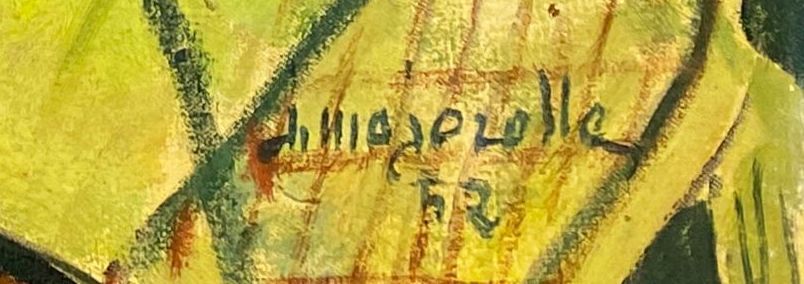
Our team will be happy to help you identify your artwork.
Appraising your property
If you own a work by Jacques Majorelle, we invite you to request a free appraisal by filling in our online form.
A member of our team of experts and certified auctioneers will contact you to provide an estimate of the market value of your Majorelle work.
If you are considering selling your work, our specialists will also guide you through the various alternatives available to obtain the best possible price, taking into account market trends and the specific features of each work.
Response in less than 24h
Related topics
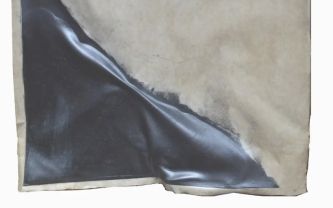
Cote et valeur 2024 des tableaux, dessins, sérigraphies de T...
Takaseda Matsutani is a Japanese surrealist artist who has produced paintings and works that are highly rated and valued at auction.
Read more >
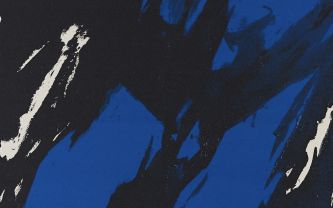
Rating and value of paintings by Judit Rei...
Judit Reigl is an abstract painter who has produced many works that are highly rated and valued at auction. Estimated in 24h.
Read more >
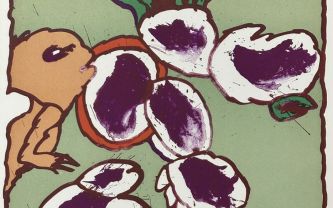
Cote et valeur des tableaux, dessins, peintures de Pierre Al...
Pierre Alechinsky est un des membres fondateurs du groupe CoBra. Ses oeuvres ont une cote et une valeur importantes. Estimation 24h.
Read more >
Secure site, anonymity preserved
State-approved auctioneer and expert
Free, certified estimates
